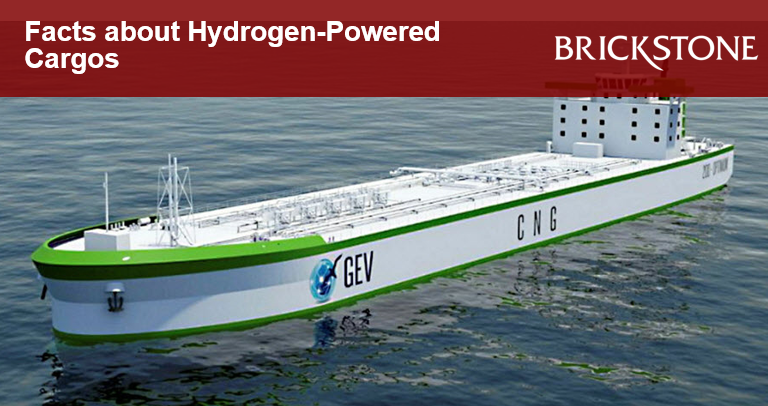Facts about Hydrogen-Powered Cargos
Hydrogen-Powered Cargos
In 2018, global shipping emissions represented 1 076 million tonnes of CO2, and were responsible for around 2.9% of global emissions caused by human activities. The high GreenHouse Gas is a result of the traditional low grade “bunker fuel” used in ships engines which generate high emissions.
According to the International Maritime Organization, the United Nations agency regulating shipping, these emissions may grow from 90% to as much as 130% of 2008 emissions level by 2050 for a range of plausible long-term economic and energy scenarios if left unchecked.
To reduce the industry’s carbon footprint and scale green production, transportation and trade, climate experts say, it will have to decarbonise to keep the world within safe temperature limits, and to achieve this, the industry will have to find a replacement for fossil fuels. Accordingly, they suggest that hydrogen, an energy carrier and fuel that could be used to power ships with zero emissions from the ship, could play a crucial role in the maritime industry’s journey towards decarbonization.
This article by Brickstone reviews institutional reports about Hydrogen-Powered Cargos, highlighting key facts about it.
Facts about Hydrogen-Powered Cargos
“Maritime is a large contributor of global greenhouse gas emissions and thus a priority sector to decarbonise. Hydrogen and fuel cells have the potential to propel vessels in a zero-emission fashion and various ship types are starting to integrate them.”
Hydrogen-powered cargos are a hydrogen fueled cargo, power-assisted by an electric motor that gets its electricity from a fuel cell or uses hydrogen fuel in an internal combustion engine. The following are key facts about Hydrogen-Powered Cargos:
Hydrogen-Powered Cargos are commercially viable deep sea zero emission vessels powered by zero emission fuels into operation by 2030 to put shipping on a path for full decarbonization by 2050.
With a global geographical coverage, the Getting to Zero Coalition is an industry-led forum established to achieve this goal – accelerating maritime shipping’s decarbonization with the development and deployment of commercially viable deep sea zero emission vessels powered by zero emission fuels into operation by 2030. This includes necessary infrastructure for scalable zero-carbon energy sources including production, distribution, storage and bunkering.
According to a recent report by the Energy Transitions Commission, in the fundamental transition of the energy system, total global need for zero-emission hydrogen for mid-century is around 500 to 800 million tons per annum, a five to seven-fold increase from today’s outputs. As a matter of fact, zero-emission hydrogen and ammonia will represent 15%-20% of the final energy demand in a net zero economy in 2050.
There are three different types of hydrogen depending on the production process: green, grey and black, and blue hydrogen. Each type depends on the feedstock and therefore the amount of CO2 released during the production process. Being the cheapest and most sustainable, experts recommend green hydrogen as the only type of hydrogen produced in a climate-neutral manner, making it critical to reach net-zero by 2050.
While hydrogen’s green credentials make it attractive to industrial users, including ship owners and oil majors, it is far less dense than other fuels, meaning more onboard fuel storage capacity is needed. It makes it more feasible, for now, for use in vessels on short voyages.
The existing international legal framework regulating hydrogen as fuel mandates that hydrogen-powered cargos must comply with the International Convention for the Safety of Life at Sea (SOLAS) and Part A of the International Code of Safety for Ships using Gases or other Low-flashpoint Fuels (IGF Code). Accordingly, shipowners must be able to prove the safety of their alternative designs for hydrogen-powered vessels to the relevant flag administration, and should work closely with a classification society during the design phase.
Conclusion
The potential for emission reductions and by moving goods over to hydrogen-powered cargos is huge. However, the International Maritime Organization points out that moving shipping to hydrogen would require focused R&D, massive fueling infrastructure changes and governmental policy interventions.
Read more here.





